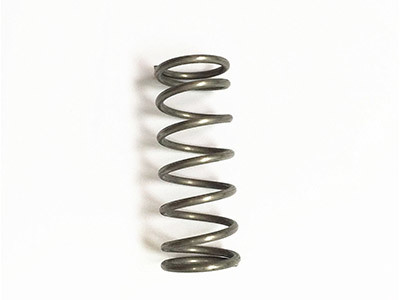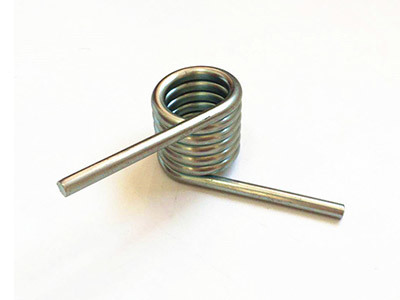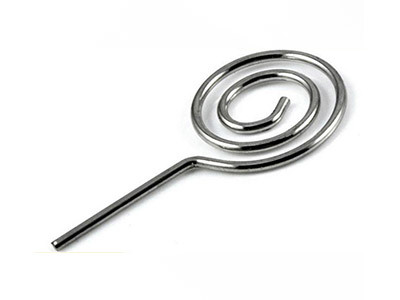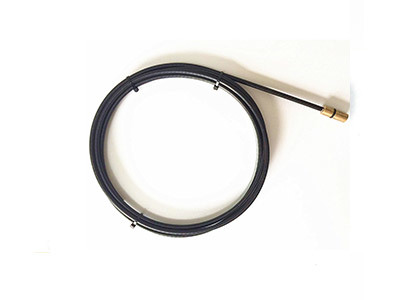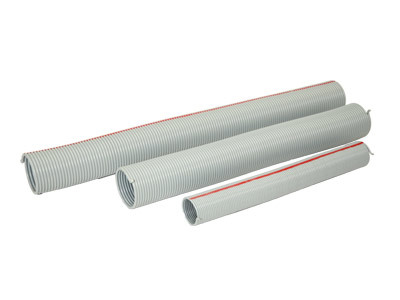The Role of Special Shaped Springs in Enhancing Door Functionality
Release Time:
2025-10-04
The Role of Special Shaped Springs in Enhancing Door Functionality Introduction to Special Shaped Springs Special shaped springs are crucial components in a variety of applications, particularly in enhancing the functionality of doors. Unlike standard coil springs, these springs are engineered to meet specific design requirements, making them indispensable in modern construction and architectura

The Role of Special Shaped Springs in Enhancing Door Functionality
Introduction to Special Shaped Springs
Special shaped springs are crucial components in a variety of applications, particularly in enhancing the functionality of doors. Unlike standard coil springs, these springs are engineered to meet specific design requirements, making them indispensable in modern construction and architectural applications. As we delve into the intricacies of special shaped springs, we will explore their types, materials, applications, and the engineering principles that underscore their significance in door mechanics.
Understanding the Mechanics of Door Functionality
To appreciate the role of special shaped springs, it's essential to understand how doors function. A door is not merely an entryway but an intricate system that requires balance, support, and smooth operation. The functionality of a door is influenced by several components:
1. Hinges
Hinges are pivotal in determining a door’s movement. They allow the door to swing open and closed while bearing its weight.
2. Latches and Locks
These components are crucial for security and stability, ensuring that the door remains closed when not in use.
3. Springs
Springs provide the necessary tension and return mechanisms, ensuring that doors operate smoothly without excessive force. This is where special shaped springs come into play.
Types of Special Shaped Springs
Special shaped springs come in various forms, each designed for specific applications. Understanding these types helps manufacturers select the right spring for their door designs.
1. Compression Springs
Compression springs are designed to resist compressive forces. They are commonly used in door closing mechanisms, providing a smooth return action when the door is released.
2. Torsion Springs
Torsion springs are designed to work through twisting motion. They are often found in automatic doors, where they assist in opening and closing actions.
3. Extension Springs
These springs are utilized in situations where tension is needed to pull components together. They are often found in doors requiring a latch or locking mechanism.
4. Custom Shaped Springs
Manufacturers can design custom springs tailored to specific door configurations, ensuring optimal performance and enhanced user experience.
Materials Used in Special Shaped Springs
The performance of special shaped springs greatly depends on the materials used in their construction. Common materials include:
1. Stainless Steel
Stainless steel springs offer excellent resistance to corrosion, making them ideal for exterior doors exposed to the elements.
2. Carbon Steel
This material is often used for its strength and durability, providing reliable performance in high-traffic areas.
3. Alloy Steel
Alloy steel springs can be engineered to enhance strength and flexibility, making them suitable for heavy-duty applications.
4. Plastic Composites
For specific applications, plastic composite springs can be used to reduce weight and improve corrosion resistance.
Benefits of Incorporating Special Shaped Springs in Doors
The integration of special shaped springs into door designs offers several benefits:
1. Improved Functionality
Special shaped springs enhance the overall functionality of doors by ensuring smooth operation and reliable performance.
2. Increased Durability
These springs are designed to withstand mechanical stress, thereby prolonging the lifespan of door mechanisms.
3. Enhanced User Experience
A door that functions smoothly and efficiently contributes to a more pleasant user experience, whether in residential or commercial settings.
4. Customization Options
With the ability to create custom shaped springs, manufacturers can address specific user needs and preferences effectively.
Engineering Principles Behind Special Shaped Springs
Understanding the engineering principles that govern special shaped springs is essential for effective design and application:
1. Stress and Strain Analysis
Engineers conduct stress and strain analyses to evaluate how springs will perform under load, ensuring they can withstand the forces they encounter.
2. Material Science
The choice of materials influences spring performance. Engineers must consider factors such as tensile strength, fatigue resistance, and elasticity.
3. Design Optimization
Using CAD software, engineers can design spring shapes that maximize efficiency while minimizing material use, leading to cost-effective solutions.
Applications of Special Shaped Springs in Door Designs
Special shaped springs are utilized in various door applications, enhancing both functionality and aesthetic appeal:
1. Residential Doors
In residential settings, special shaped springs are often used in door closers, ensuring that doors shut automatically and securely.
2. Commercial Doors
In commercial applications, automatic doors often incorporate torsion springs to facilitate smooth opening and closing, enhancing accessibility.
3. Industrial Doors
Heavy-duty industrial doors require robust springs that can handle significant weight and frequent use, often utilizing custom shaped springs.
4. Security Doors
Special shaped springs improve the performance of security doors by ensuring that locks engage smoothly and securely.
How to Choose the Right Special Shaped Spring for Your Door
When selecting a special shaped spring for door applications, consider the following factors:
1. Load Requirements
Determine the weight of the door and the forces it will encounter to select a spring that can handle the load effectively.
2. Spring Type
Choose the appropriate spring type based on the door's functionality, whether it requires compression, torsion, or extension.
3. Environmental Conditions
Consider the environment where the door will be installed. For outdoor applications, corrosion-resistant materials are essential.
4. Customization Needs
Assess whether custom shaped springs are necessary to meet specific design requirements or user preferences.
Frequently Asked Questions (FAQs)
1. What are special shaped springs?
Special shaped springs are uniquely designed springs tailored for specific applications, offering enhanced functionality compared to standard springs.
2. How do special shaped springs improve door functionality?
They provide necessary tension and support, ensuring smooth operation, improved durability, and an overall better user experience.
3. What materials are commonly used in special shaped springs?
Common materials include stainless steel, carbon steel, alloy steel, and plastic composites, each chosen based on performance requirements.
4. Can special shaped springs be customized?
Yes, manufacturers can create custom shaped springs to meet specific door design needs, enhancing performance and functionality.
5. How do I know which special shaped spring to choose for my door?
Consider the door's weight, load requirements, spring type, environmental conditions, and the need for customization to make an informed choice.
Conclusion
Incorporating special shaped springs into door designs represents a significant advancement in enhancing door functionality and user experience. With their unique properties, diverse applications, and the ability to customize designs, these springs play an essential role in modern construction and architectural design. By understanding how to select and apply special shaped springs effectively, manufacturers can optimize their door mechanisms, resulting in improved performance, durability, and user satisfaction. As we continue to innovate in the field of building materials and hardware, the importance of understanding and utilizing special shaped springs cannot be overstated.
Related News
